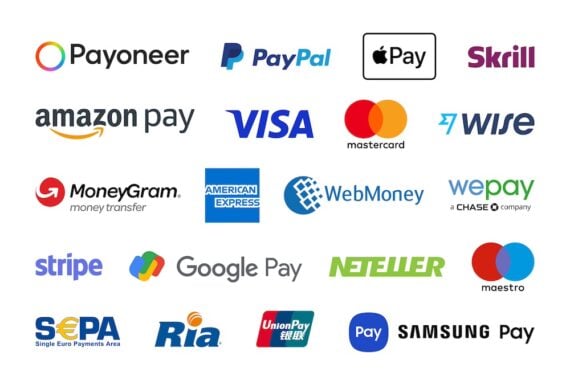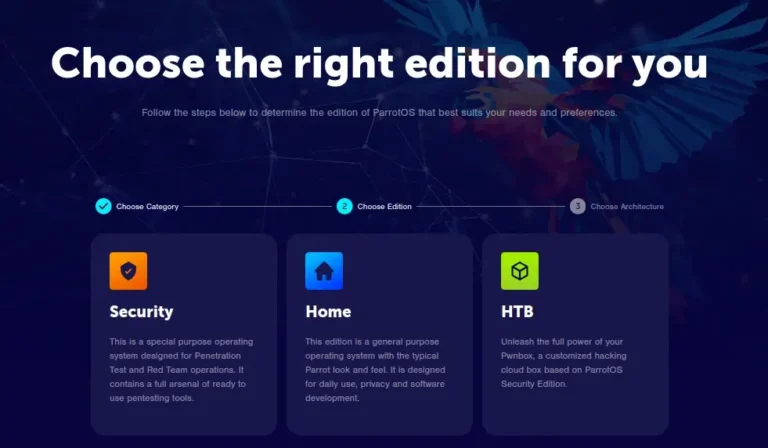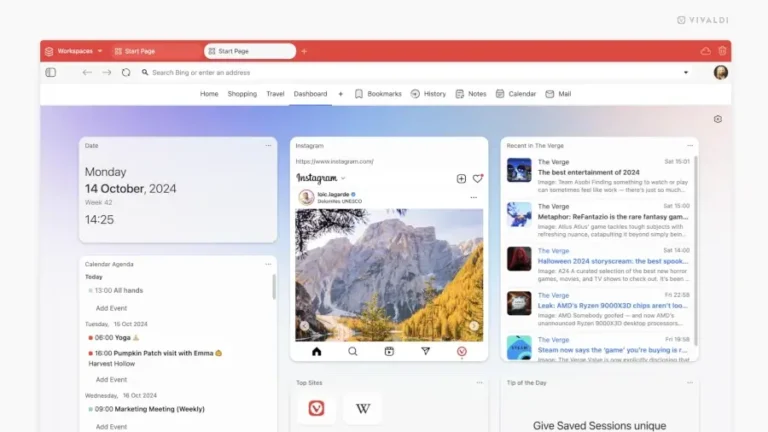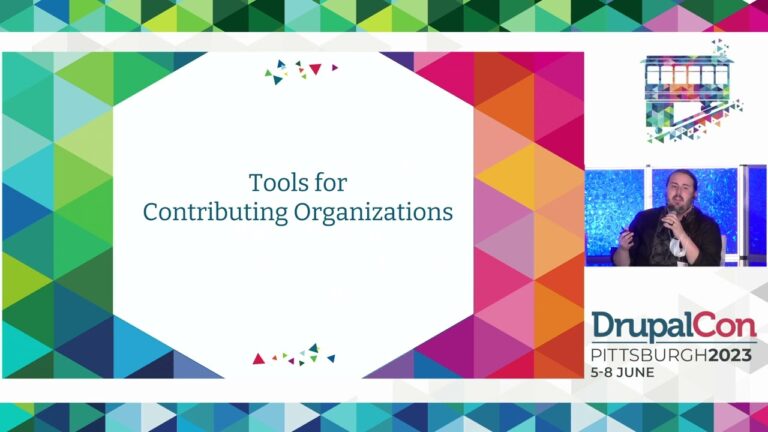For years, familiar credit card logos have dominated ecommerce checkout screens. Recent studies, however, suggest that pay-by-bank and other alternative payment methods may gradually overtake Visa, Mastercard, American Express, and Discover. I discussed these findings with U.S. and European analysts.
Javelin is a global strategy and research firm focused on payments, digital banking, and security. A Javelin report titled “2024 Emerging Trends and Predictions: Emerging Payments Technology,” published in November 2023, placed card-brand challenges in the same bucket as generative AI and digital identity: three trends to impact consumers.
Researchers predicted that new options would unseat default-to-card payment methods, particularly in the United States.
Christopher Miller, lead analyst for emerging payments and the report’s co-author, said cards don’t die; they just fade away. “We’ve seen card-killers over the years, everything from wearables and digital wallets to pay-by-app and account-to-account payments. Our argument, based on the research, is that none of these solutions challenge cards but all of them collectively are shifting payment experiences over time.”

Consumers enjoy many payment options beyond traditional credit and debit cards.
Ecommerce Rising, Cards Fading
Miller proposed that a card-free world will gradually shift from terminals to ecommerce checkouts, fueled by incremental technological advancements.
“Ecommerce transactions offer little in the way of reinforcing card behavior,” Miller said. “They offer opportunities for many different payment types because it’s easier for consumers to select an option virtually than in a physical environment.”
For example, ecommerce merchants could put pay-by-bank next to PayPal or Apple Pay and let the customer decide, he explained. Merchants could also encourage customers to shift a portion of their spend from cards to less costly pay-by-bank. This strategy would work best with returning customers, he said, not first-time shoppers who may never revisit an online store.
Merchants seek to remove friction from checkout experiences. They’d prefer not to inconvenience shoppers, especially those who don’t want to set up an account or provide payment information.
Adding Value to Pay-by-Bank
Matt Jones, consultant and advisor at Payments Culture, a U.K.-based fintech and payments consultancy, said a 2022 study by Plaid, a software provider for pay-by-bank apps, found incentives can drive consumers’ pay-by-bank adoption.
“The Plaid study found that if consumers are offered a discount at checkout, they are more likely to pay by bank instead of a card, with the optimal discount being around 1%,” he said, adding that Plaid researchers noticed even modest discounts can convince first-time users to initiate pay-by-bank transactions.
Freelance fintech writer Tom Sullivan shared highlights from Plaid’s research in a December 2023 post, noting that pay-by-bank transactions are direct transfers in three steps from a consumer’s bank account to a business’s.
- Step 1. Account verification (i.e., authentication) verifies a customer’s account and ability to send funds.
- Step 2: Fraud and risk checks protect consumers and merchants.
- Step 3: Money movement supported in the U.S. by Automated Clearing House (ACH), Real-time payments, and the Federal Reserve’s FedNow in the U.K. by Faster Payments Service (FPS) and Clearing House Automated Payment System (CHAPS).
Matt Jones added, “With the average interchange fee in the United States being over 2%, and the total cost of card payments more than 2.5%, there is a strong incentive for ecommerce merchants to encourage customers to switch to bank payments.”
He cited The Information as an example. The U.S. tech-news publisher offers a $5 discount on a $399 annual subscription to users who pay by bank instead of a credit or debit card.






